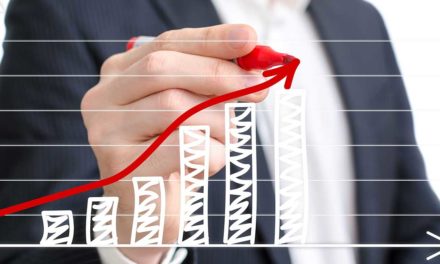Recently, I watched David Attenborough’s very thoughtful and compelling Climate Change: The Facts. It sparked an “Aha!” moment for me, as I thought of the ways that that accounting could be adapted to provide a clear measure of the path that humanity is on in relation to the environment.
None of the 7.4 billion people on this planet, and none of our economic activity that accountants measure, would be possible without air to breathe, water to drink, and land to provide the food that fuels our bodies. But most importantly the environment will sustain our children who depend on us, their children, and all generations to follow – and so we had better understand the account of the path we are on before it is too late for a course correction.
In his documentary, Attenborough interviews the chief executive of the Committee on Climate Change, Chris Stark. Stark made the point that “This is the political decision, the brave decision that needs to be made: do we incur a small cost now, but a not insignificant cost let’s be clear on it, or do we wait and see the need to adapt? The economics is really clear on it: that the costs of action are dwarfed by the costs of inaction.”
Can accounting be adapted to measure the cost of future inaction? Here is a fascinating challenge for accountants. We normally measure the costs of past actions, and present those in the form of financial statements that business management and investors use to predict future prospects. But can accounting be adapted to provide a measure of the cost of inaction, the cost of doing nothing instead of the cost of doing something?
I am beginning to see how accounting can make a significant contribution to the discussion on the environment. It begins, I think, with an appreciation that accounting provides the relative measure of our state of belief in the present (see Accounting for Belief on the home page). Then it can look at the present trajectory of our belief in the future by examining the rate of change in the ratio of debt to equity over a number of accounting periods and across a wide range of businesses. An accurate measure of the trajectory would require a strict segregation of accounting for cash settlements and accounting for estimates.
Why measure at the rate of change in the ratio of debt to equity? If we consider that accounting measures the accumulation of equity based on past actions, and the accumulation of debt represents the promise to pay in the future for those past actions, then we can see the ratio of debt to equity as a ratio of our belief in the future relative to the past. When the future burden of debt increases relative to equity, it is a signal of reduced belief in time’s potential for a business, and the inverse holds true when the increase in equity outpaces debt over time.
Accounting has always been used to tell a story about time, by measuring past transactions and providing some predictive measures for future outcomes. Past and future intersect in the present, that undefined moment when anything is possible and when each of us is empowered to act or not to act, as we may choose. It is in the present that we need to understand the signals of accounting relative to the environment without which none of this is possible, and to appreciate the cost of inaction. To do otherwise would be failure to discharge our debt of belief to the generations that will follow us.





